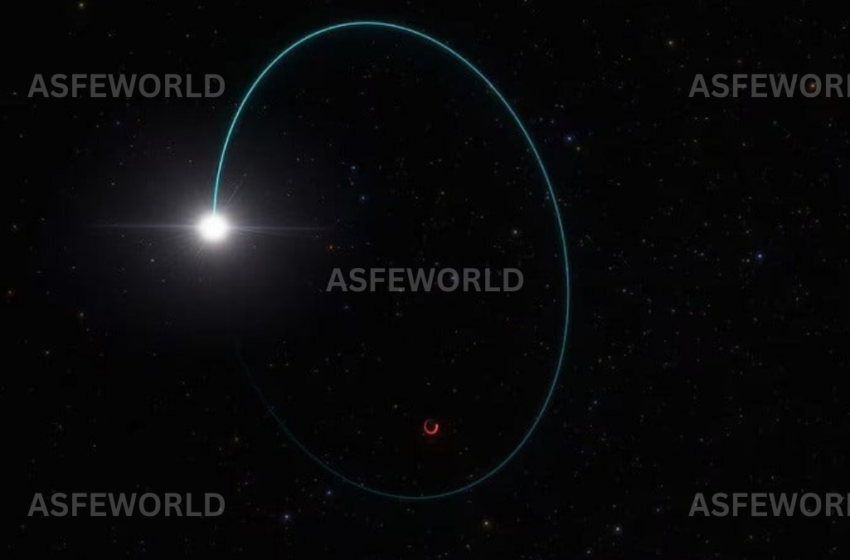Binance Founder Changpeng Zhao sentenced to 4 months #cypto – Special Package – ASFE WORLD TV
Discovering Gaia BH3: Unveiling the Largest Stellar Black Hole in the Milky Way

Astronomers have made a remarkable discovery: a black hole with a mass 33 times greater than our sun, making it the largest known black hole in the Milky Way apart from the supermassive one at the center of our galaxy.
Located approximately 2,000 light-years away in the constellation Aquila, this black hole has a companion star orbiting around it, allowing researchers to identify its presence. Black holes, characterized by their immense gravitational pull, are challenging to detect, but this one was spotted through observations made by the European Space Agency’s Gaia mission, which is mapping the stars. The black hole’s gravitational effect on its companion star caused a detectable wobble. Data from ground-based observatories, including the European Southern Observatory’s Very Large Telescope in Chile, were used to confirm its mass.
Named Gaia BH3, this black hole exhibits some peculiar characteristics. It and its companion star travel in the opposite direction of typical stellar orbits within the Milky Way, defying conventional expectations. Gaia BH3 likely formed from the collapse of a star more than 40 times the mass of the sun, creating the largest known stellar black hole.
Stellar black holes, like Gaia BH3, are much smaller than the supermassive black holes found at the centers of galaxies. These giants, such as Sagittarius A* in the Milky Way, possess millions of times the mass of our sun.
The progenitor star of Gaia BH3 was composed primarily of hydrogen and helium, suggesting it formed in the early universe when such elements were prevalent. Its explosion as a supernova ultimately led to the formation of the black hole.
The discovery of Gaia BH3 provides support for theories of stellar evolution, indicating that massive black holes can arise from low-metallicity stars like its progenitor.
While Gaia BH3’s companion star orbits at a distance between 4.5 and 29 times the distance between the Earth and the sun, its chemical composition remains unaffected by the supernova explosion that birthed the black hole.
Scientists continue to debate the maximum size of stellar black holes, with this discovery offering valuable insights into their formation and characteristics.
Also read: EU Warns of Escalating Heatwaves and Climate Risks Across Europe



